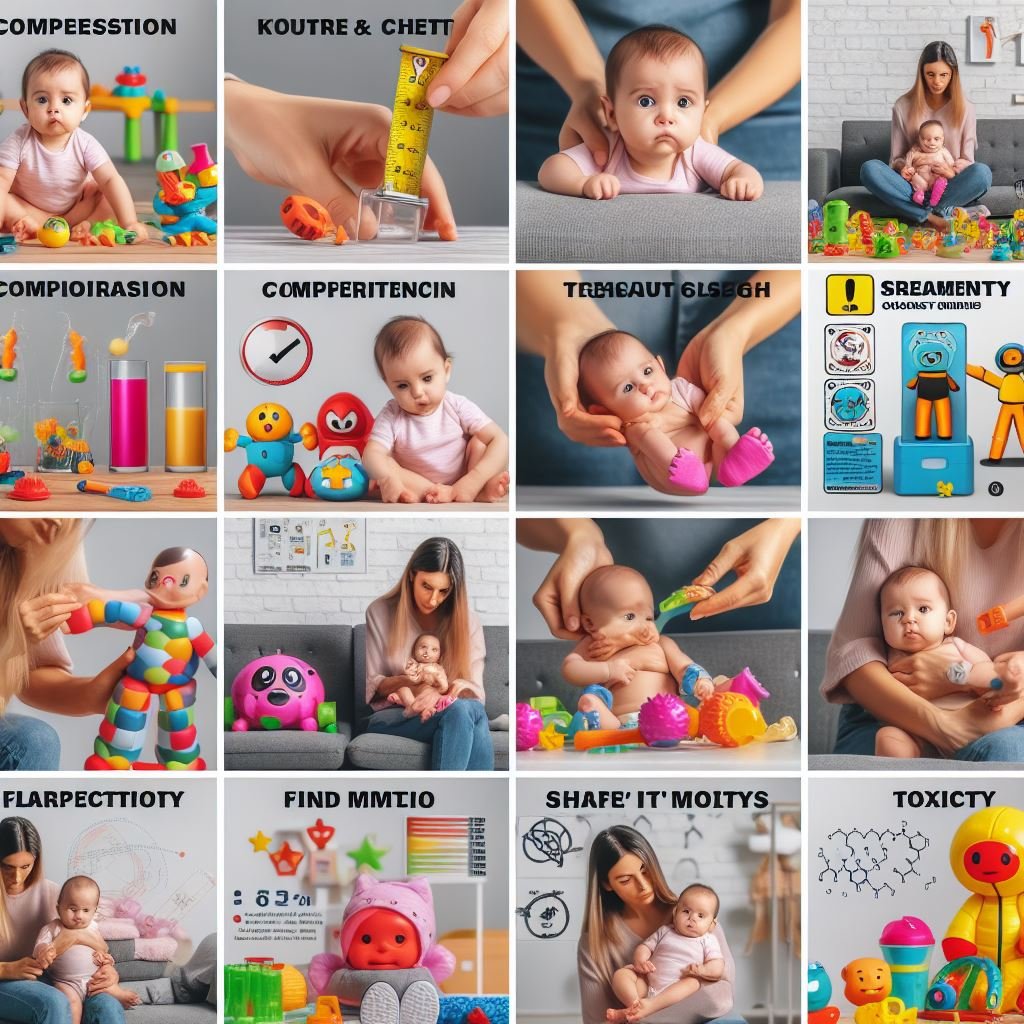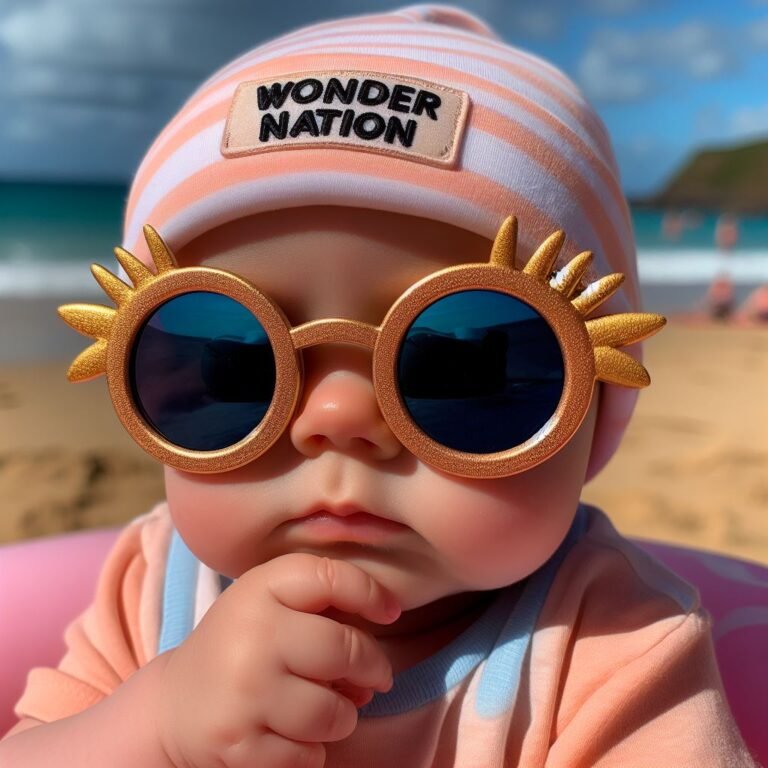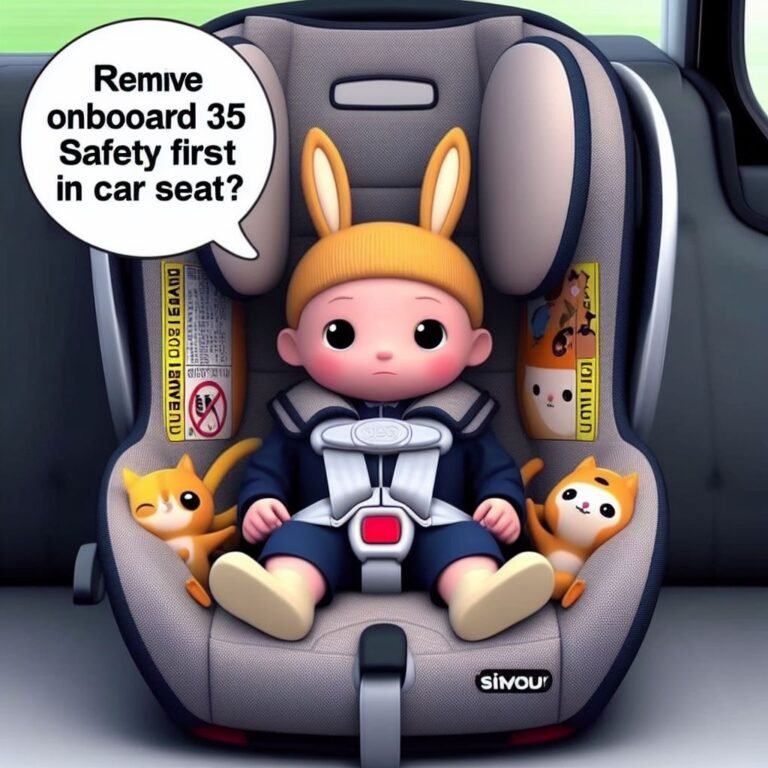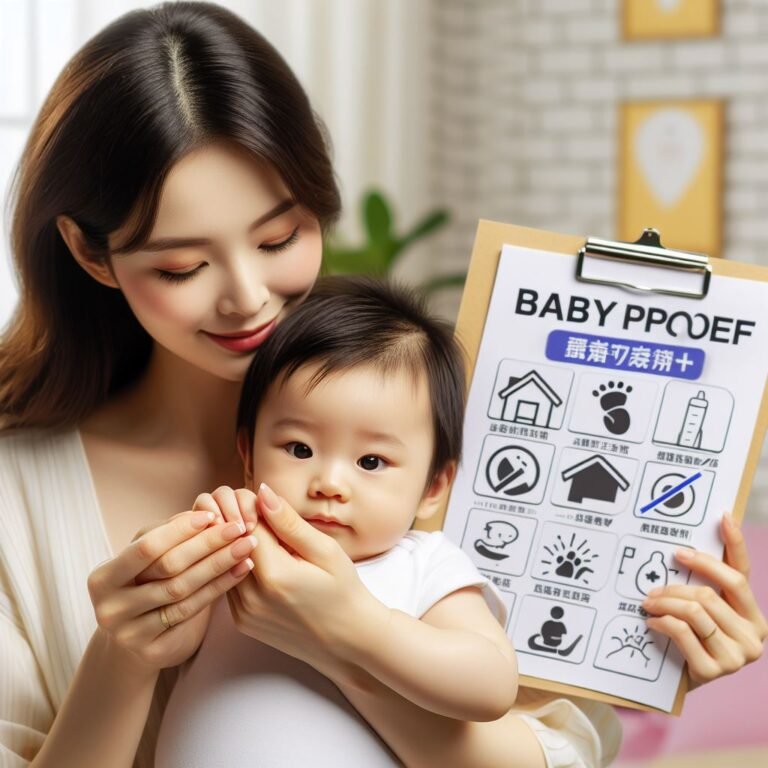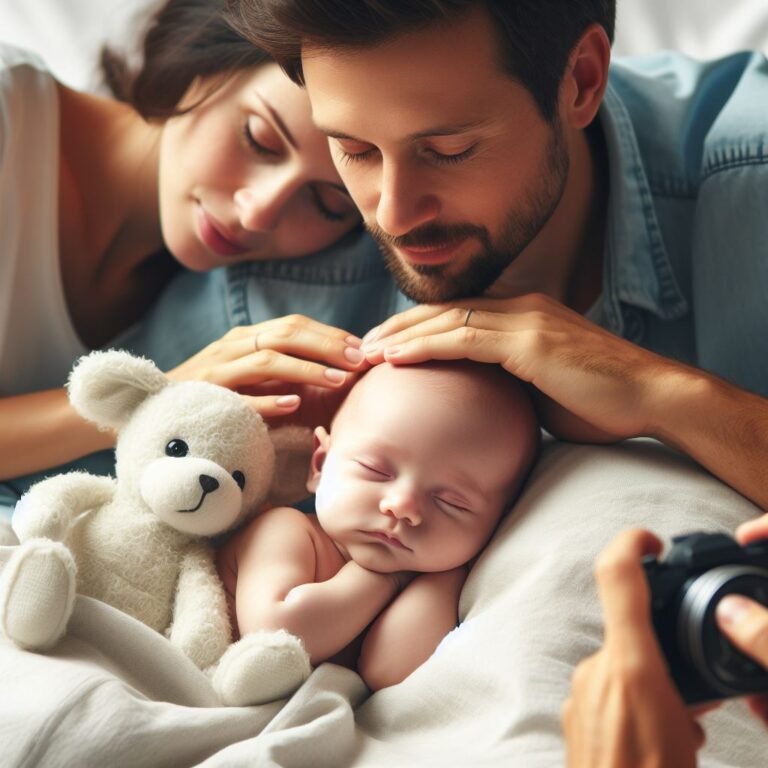Toys Are Age-Graded For Safety : How Are Baby Toys Vetted for Safety?
In a world where the safety and well-being of our little ones is paramount, the vetting process for baby toys plays a crucial role.
As parents and caregivers, we strive to provide our children with toys that not only entertain but also meet the highest standards of safety.
This article delves into the meticulous methods and regulations in place to ensure that baby toys are thoroughly tested, certified, and monitored for potential hazards.
Join us as we explore the world of baby toy vetting and discover the peace of mind it brings.
Key Takeaways
- Adherence to standards and regulations is crucial for baby toy safety.
- Testing methods, including physical testing and chemical testing, help identify potential hazards and risks.
- Certification provides assurance of quality and safety standards for baby toys.
- Ongoing monitoring and compliance are essential to ensure ongoing safety for baby toys.
Standards and Regulations for Baby Toy Safety
In the realm of baby toy safety, it is crucial to adhere to and comply with the standards and regulations established by governing bodies. These standards and regulations are put in place to ensure the well-being and safety of infants and young children. They cover various aspects, including design, materials, and manufacturing processes.
For example, there are guidelines for the size and shape of toys to prevent choking hazards, restrictions on the use of toxic substances, and requirements for durability and stability. Additionally, governing bodies conduct regular testing to ensure compliance with these standards. Manufacturers are required to meet these safety standards before their products can be marketed and sold to the public.
Testing Methods for Ensuring Baby Toy Safety
How are testing methods utilized to ensure the safety of baby toys?
Manufacturers and regulatory bodies employ various testing methods to ensure that baby toys meet the required safety standards. These methods help identify potential hazards and risks associated with the toys, ensuring that they are safe for babies to use.
Some common testing methods include:
- Physical Testing: This involves subjecting the toys to various physical tests such as drop tests, compression tests, and impact tests to assess their durability and resistance to breakage.
- Chemical Testing: Toys are tested for harmful chemicals such as lead, phthalates, and heavy metals to ensure they meet safety regulations.
- Choking Hazard Testing: Small parts of the toy are tested to ensure they do not pose a choking hazard for infants and toddlers.
The Role of Certification in Baby Toy Safety
Certification plays a vital role in ensuring the safety of baby toys by providing assurance that they meet the necessary quality and safety standards. When it comes to baby toys, parents and caregivers want to be confident that the toys they give to their little ones are safe and free from any potential hazards. Certification provides this peace of mind by verifying that the toys have undergone rigorous testing and meet specific safety criteria.
These certifications are usually granted by independent third-party organizations that specialize in evaluating and certifying the safety of consumer products. By looking for certified baby toys, parents can be assured that the toys have undergone thorough testing for potential hazards such as choking, toxicity, and sharp edges. This allows them to make informed choices and prioritize the safety of their children.
Potential Hazards and Risk Assessment in Baby Toy Vetting
Furthermore, an in-depth analysis of potential hazards and a comprehensive risk assessment are essential components of the baby toy vetting process. To ensure the safety of babies, the following potential hazards are carefully evaluated:
- Choking hazards: Small parts that can be detached or toys that are too small in size pose a significant risk. These hazards are assessed based on the age appropriateness of the toy and the potential for small parts to become loose.
- Toxic materials: The presence of harmful chemicals, such as lead or phthalates, is thoroughly examined. A risk assessment is conducted to determine if the toy meets safety standards and regulations.
- Physical hazards: Sharp edges, rough surfaces, or unstable structures are assessed to prevent injuries. Rigorous testing is performed to determine the durability and stability of the toy.
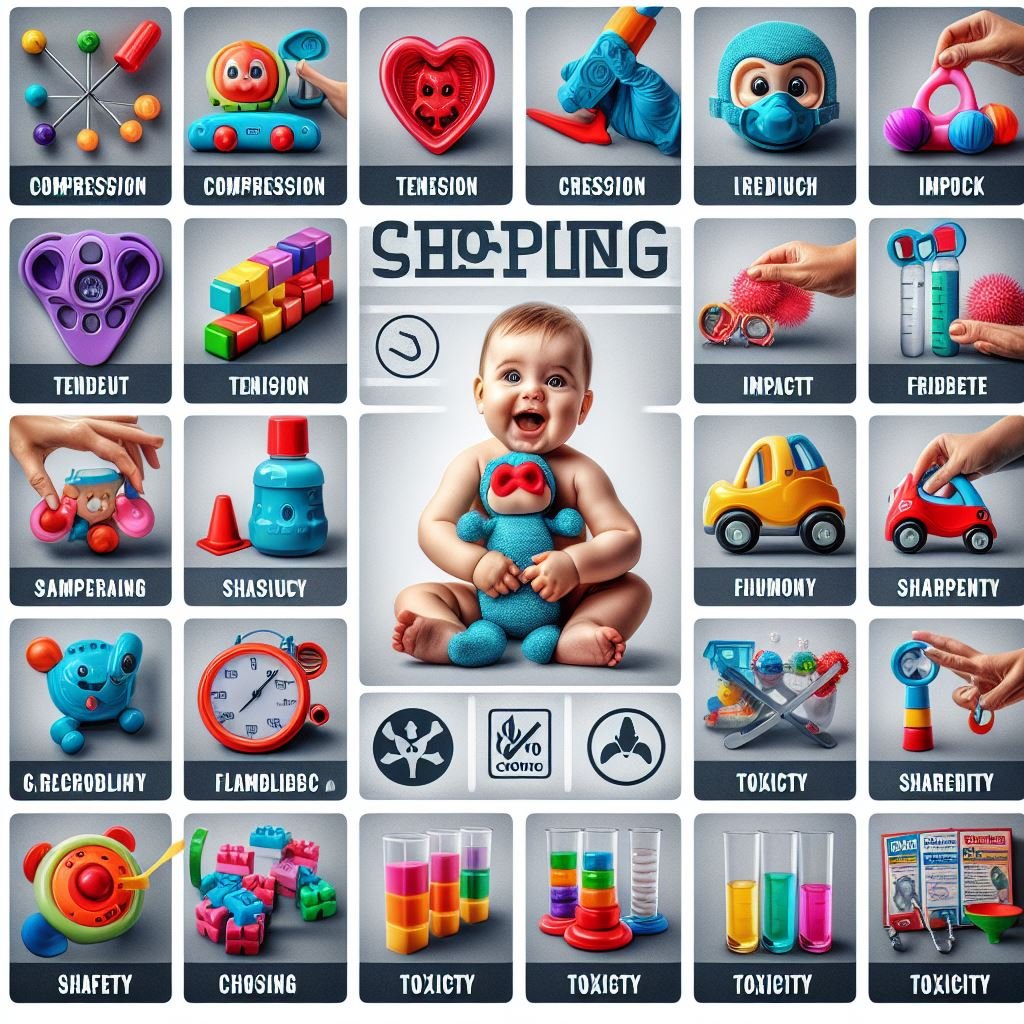
The Importance of Ongoing Monitoring and Compliance in Baby Toy Safety
Regular and vigilant monitoring, along with strict compliance with safety regulations, is crucial in ensuring the ongoing safety of baby toys. It is imperative for manufacturers, retailers, and regulatory bodies to work together to ensure that baby toys are constantly monitored for potential hazards and compliance with safety standards.
Ongoing monitoring involves conducting regular inspections of manufacturing facilities, testing products for safety, and staying updated on emerging risks and regulations. This proactive approach allows for the identification and mitigation of any potential safety issues before they reach the hands of consumers.
Frequently Asked Questions
Are There Any Specific Guidelines for Testing the Durability of Baby Toys?
There are specific guidelines for testing the durability of baby toys to ensure their safety. These guidelines involve evaluating the strength of materials, checking for potential choking hazards, and conducting rigorous testing to simulate real-life use scenarios.
What Are the Different Types of Certifications That Baby Toys Can Receive?
There are several types of certifications that baby toys can receive to ensure their safety. These certifications include those for materials and chemicals used, choking hazards, and adherence to national safety standards.
How Often Are Baby Toys Retested for Safety After They Have Been Certified?
Baby toys that have been certified for safety undergo regular retesting to ensure continued compliance. This ongoing evaluation helps to identify any potential hazards that may arise over time, ensuring the utmost safety for infants and young children.
Are There Any Potential Hazards That Are Not Currently Regulated for Baby Toys?
There may be potential hazards in baby toys that are not currently regulated. It is important for regulatory bodies to continually update safety standards and conduct thorough testing to ensure the well-being of infants and young children.
How Are Recalls Handled for Baby Toys That Have Been Found to Be Unsafe?
Recalls for unsafe baby toys are a crucial part of ensuring child safety. Regulatory agencies, manufacturers, and retailers work together to promptly identify and address potential hazards. This process involves notifying the public, removing products from the market, and providing refunds or replacements.
Conclusion
In the vast realm of baby toy safety, stringent standards and regulations serve as the fortress, protecting our little ones from potential hazards.
Through rigorous testing methods and the role of certification, these toys undergo a thorough vetting process, ensuring their safety.
Risk assessment plays a vital role in identifying potential dangers, while ongoing monitoring and compliance ensure a continuous commitment to the well-being of our precious children.
In this symphony of safety, each note harmonizes to create a protective shield, embracing their innocence.
